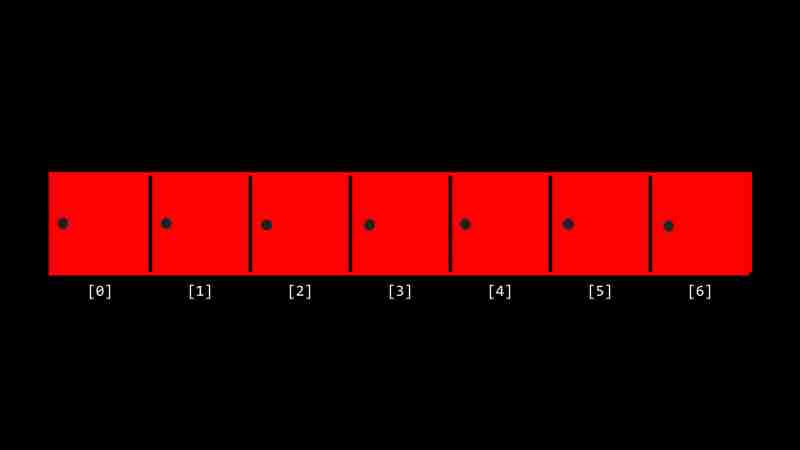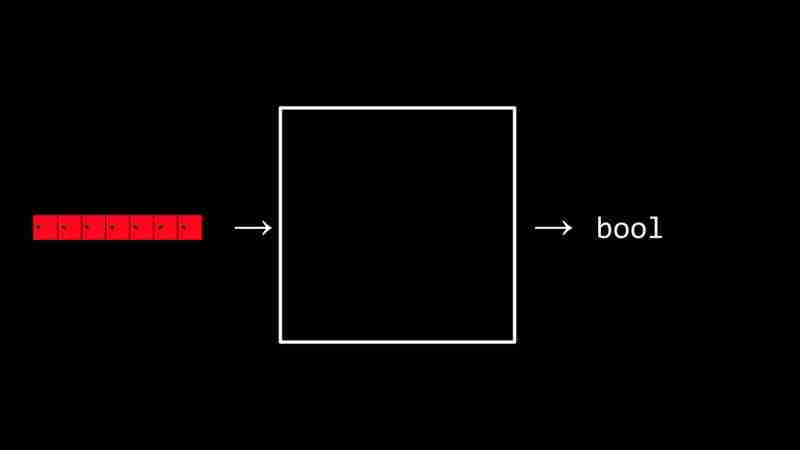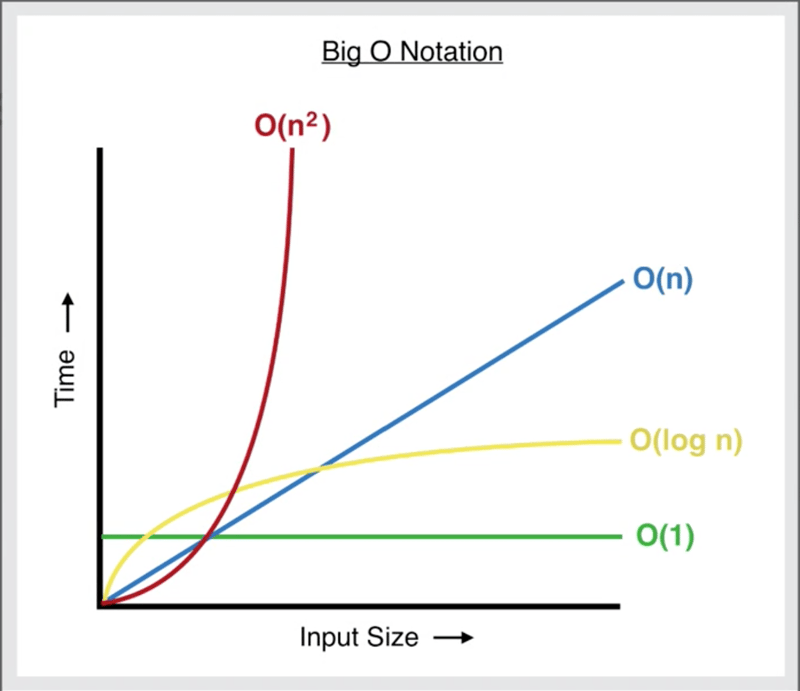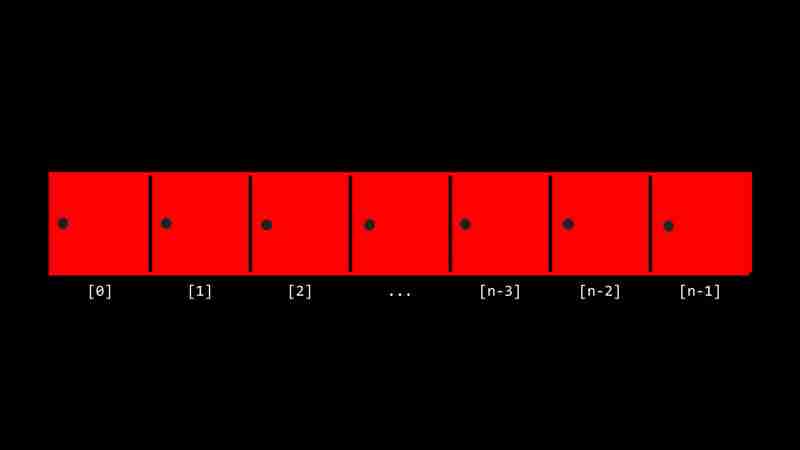CS-Week 3
Apr 04, 2025 am 06:06 AMAlgorithms are the set of instructions to solve problems, and their execution speed and memory usage vary. In programming, many algorithms are based on data search and sorting. This article will introduce several data retrieval and sorting algorithms.
Linear search
Suppose there is an array [20, 500, 10, 5, 100, 1, 50] and you need to find the number 50. The linear search algorithm checks each element in the array one by one until the target value is found or the complete array is traversed.

The algorithm flow chart is as follows:

The pseudo-code for linear search is as follows:
<code>檢查每個元素:如果找到目標值:返回true返回false</code>
C language implementation:
<code class="c">#include <cs50.h> #include <stdio.h> int main(void) { int numbers[] = {20, 500, 10, 5, 100, 1, 50}; int n = get_int("number: "); for (int i = 0; i </stdio.h></cs50.h></code>
The time complexity of linear search is O(n).
Binary search
The binary search algorithm is suitable for sorted arrays. It improves efficiency by continuously narrowing the search range.
The pseudo-code for binary search is as follows:
<code>如果數(shù)組為空:返回false如果中間元素等于目標值:返回true如果中間元素大于目標值:在左半部分繼續(xù)查找否則:在右半部分繼續(xù)查找</code>
The time complexity of binary search is O(log n).
Big O notation
The large O notation is used to describe the time complexity of the algorithm. The following figure shows the curves of different time complexities:

The x-axis represents the input data volume, and the y-axis represents the solution time. O(log n) represents the optimal time complexity, and O(n2) represents the worst time complexity.
Sorting algorithm
The sorting algorithm is used to convert unordered data into ordered data. Sort data can improve search efficiency, such as binary search.
Select Sort
The pseudocode for selecting the sorting algorithm is as follows:
<code>對于每個元素:找到剩余元素中的最小值將最小值與當前元素交換</code>
Select the time complexity of sorting to be O(n2), regardless of whether the data has been sorted or not.

Bubble sort
The bubble sorting algorithm sorts data by repeatedly comparing and exchanging adjacent elements.
The pseudocode of the bubble sorting algorithm is as follows:
<code>重復(fù)n-1 次:對于每個元素:如果相鄰元素順序錯誤:交換它們?nèi)绻催M行任何交換:結(jié)束排序</code>
The time complexity of bubble sorting is O(n2) in worst case and O(n) in best case.
This article is based on the cs50x 2024 source code.
The above is the detailed content of CS-Week 3. For more information, please follow other related articles on the PHP Chinese website!

Hot AI Tools

Undress AI Tool
Undress images for free

Undresser.AI Undress
AI-powered app for creating realistic nude photos

AI Clothes Remover
Online AI tool for removing clothes from photos.

Clothoff.io
AI clothes remover

Video Face Swap
Swap faces in any video effortlessly with our completely free AI face swap tool!

Hot Article

Hot Tools

Notepad++7.3.1
Easy-to-use and free code editor

SublimeText3 Chinese version
Chinese version, very easy to use

Zend Studio 13.0.1
Powerful PHP integrated development environment

Dreamweaver CS6
Visual web development tools

SublimeText3 Mac version
God-level code editing software (SublimeText3)

Hot Topics
 How to avoid risks in the turmoil in the currency circle? The TOP3 stablecoin list is revealed
Jul 08, 2025 pm 07:27 PM
How to avoid risks in the turmoil in the currency circle? The TOP3 stablecoin list is revealed
Jul 08, 2025 pm 07:27 PM
Against the backdrop of violent fluctuations in the cryptocurrency market, investors' demand for asset preservation is becoming increasingly prominent. This article aims to answer how to effectively hedge risks in the turbulent currency circle. It will introduce in detail the concept of stablecoin, a core hedge tool, and provide a list of TOP3 stablecoins by analyzing the current highly recognized options in the market. The article will explain how to select and use these stablecoins according to their own needs, so as to better manage risks in an uncertain market environment.
 2025 Stablecoin Investment Tutorial How to Choose a Safe Stablecoin Platform
Jul 07, 2025 pm 09:09 PM
2025 Stablecoin Investment Tutorial How to Choose a Safe Stablecoin Platform
Jul 07, 2025 pm 09:09 PM
How do novice users choose a safe and reliable stablecoin platform? This article recommends the Top 10 stablecoin platforms in 2025, including Binance, OKX, Bybit, Gate.io, HTX, KuCoin, MEXC, Bitget, CoinEx and ProBit, and compares and analyzes them from dimensions such as security, stablecoin types, liquidity, user experience, fee structure and additional functions. The data comes from CoinGecko, DefiLlama and community evaluation. It is recommended that novices choose platforms that are highly compliant, easy to operate and support Chinese, such as KuCoin and CoinEx, and gradually build confidence through a small number of tests.
 Global stablecoin market value PK! Who is the gold substitute in the bear market
Jul 08, 2025 pm 07:24 PM
Global stablecoin market value PK! Who is the gold substitute in the bear market
Jul 08, 2025 pm 07:24 PM
This article will discuss the world's mainstream stablecoins and analyze which stablecoins have the risk aversion attribute of "gold substitute" in the market downward cycle (bear market). We will explain how to judge and choose a relatively stable value storage tool in a bear market by comparing the market value, endorsement mechanism, transparency, and comprehensively combining common views on the Internet, and explain this analysis process.
 The popularity of the currency circle has returned, why do smart people have begun to quietly increase their positions? Look at the trend from the on-chain data and grasp the next round of wealth password!
Jul 09, 2025 pm 08:30 PM
The popularity of the currency circle has returned, why do smart people have begun to quietly increase their positions? Look at the trend from the on-chain data and grasp the next round of wealth password!
Jul 09, 2025 pm 08:30 PM
As the market conditions pick up, more and more smart investors have begun to quietly increase their positions in the currency circle. Many people are wondering what makes them take decisively when most people wait and see? This article will analyze current trends through on-chain data to help readers understand the logic of smart funds, so as to better grasp the next round of potential wealth growth opportunities.
 Review of the most complete historical price of Ethereum ETH 2010-2025 (the latest version in 2025)
Jul 07, 2025 pm 09:00 PM
Review of the most complete historical price of Ethereum ETH 2010-2025 (the latest version in 2025)
Jul 07, 2025 pm 09:00 PM
Ethereum price has gone through several critical stages, from $0.70 in 2015 to $3,050 in 2025. 1) From 2015 to 2016, ETH rose from $0.70 to $20.64 in mid-2016; 2) from 2017 to 2018, driven by the ICO boom, reached $1,417 in early 2018, and then fell to $80 due to regulatory concerns; 3) from 2019 to 2020, and rose to $737 under DeFi; 4) from 2021, hit a new high of $4,864, and then fell to $1,200-2,000 due to PoS transformation; 5) from 2023 to 2024 to about $3,000
 Virtual Currency Stable Coins Ranking Which is the 'safe haven' in the currency circle
Jul 08, 2025 pm 07:30 PM
Virtual Currency Stable Coins Ranking Which is the 'safe haven' in the currency circle
Jul 08, 2025 pm 07:30 PM
This article will introduce several mainstream stablecoins and explain in depth how to evaluate the security of a stablecoin from multiple dimensions such as transparency and compliance, so as to help you understand which stablecoins are generally considered relatively reliable choices in the market, and learn how to judge their "hazard-haven" attributes on your own.
 Bitcoin breaks new highs, Dogecoin rebounds strongly, will Ethereum keep up with the pace
Jul 09, 2025 pm 08:24 PM
Bitcoin breaks new highs, Dogecoin rebounds strongly, will Ethereum keep up with the pace
Jul 09, 2025 pm 08:24 PM
Recently, Bitcoin hit a new high, Dogecoin ushered in a strong rebound and the market was hot. Next, we will analyze the market drivers and technical aspects to determine whether Ethereum still has opportunities to follow the rise.
 What is a stablecoin? What are the types of stable currencies? Is it related to US Treasury bonds?
Jul 07, 2025 pm 08:36 PM
What is a stablecoin? What are the types of stable currencies? Is it related to US Treasury bonds?
Jul 07, 2025 pm 08:36 PM
Stable coins are digital currencies that maintain stable value by anchoring specific assets. They are mainly divided into three categories: fiat currency collateral, crypto asset collateral and algorithmic. Among them, fiat currency collateral such as USDT and USDC are widely used, and their reserves are often invested in US Treasury bonds, forming a close connection with the traditional financial system.






